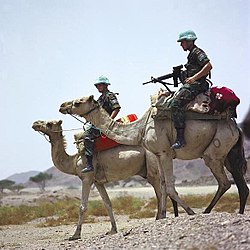The
area of Honduras
GEOGRAPHY
The
climate varies from tropical in the lowlands to
temperate in the mountains. The
central and southern regions are relatively hotter and less humid than the
northern coast.
The
Honduran territory consists mainly of mountains, but there are narrow plains
along the coasts, a large undeveloped lowland jungle La Mosquitia region in the
northeast, and the heavily populated lowland Sula valley in the northwest. In
La Mosquitia, lies the UNESCO world-heritage
site Rio Plátano Biosphere Reserve,
with the Coco
River which divides the
country from Nicaragua
Economy
The economy
has continued to grow slowly, but the distribution of wealth remains very
polarized with average wages remaining low. Economic growth in the last few
years has averaged 7% a year, one of the highest rates in Latin America, but
50% of the population, approximately 3.7 million people, still remains below
the poverty line It
is estimated that there are more than 1.2 million people who are un
employed, the rate of unemployment standing at 27.9%. According to the Human
Development Index, Honduras
is the sixth poorest/least developed country in Latin America, after Haiti , Nicaragua ,
Guatemala , Guyana , and Bolivia
The
government operates both the electricity (ENEE) and land-line telephone
services (HONDUTEL), as ENEE receives heavy subsidies for its chronic financial
problems. HONDUTEL, however, is no longer a monopoly, as the telecommunication
sector was opened.
After
years of decline against the U.S. dollar, lempira recently
stabilized at around 19 lempiras per dollar. In June 2008, the exchange rate
between U.S. dollar and lempira

